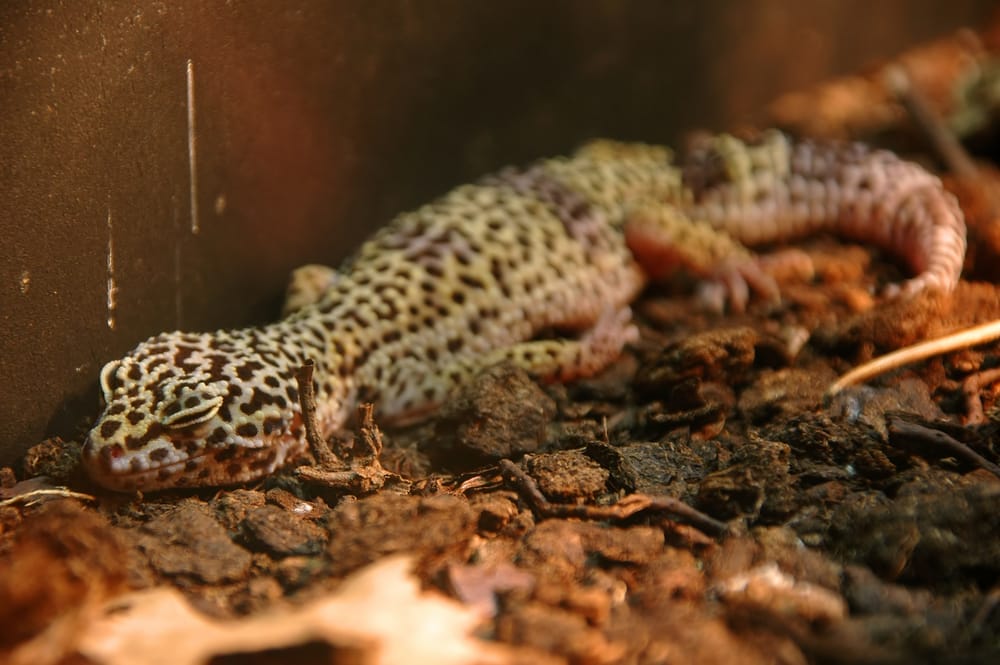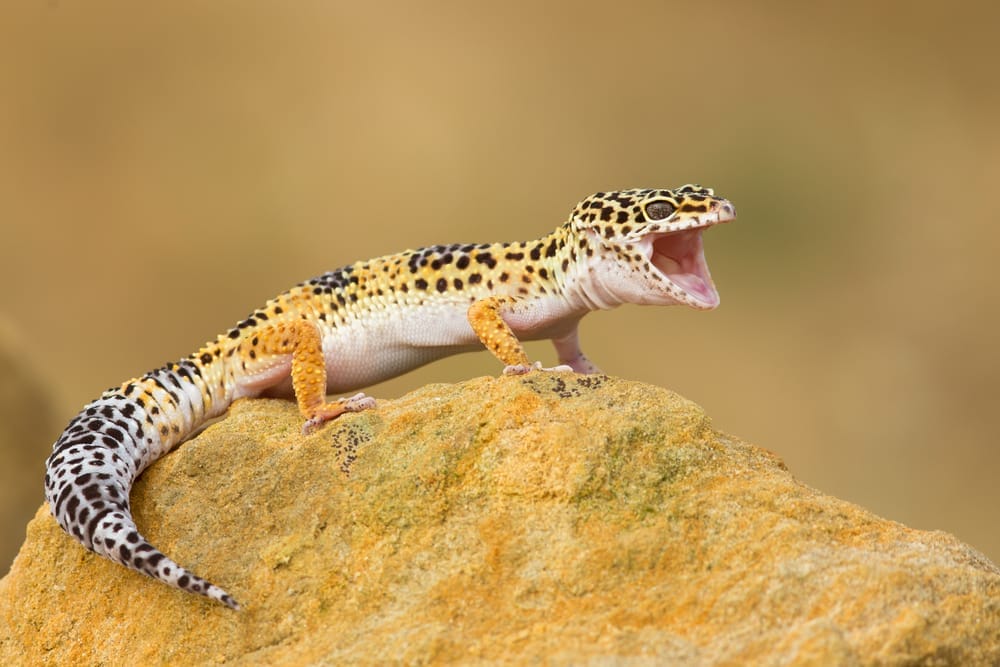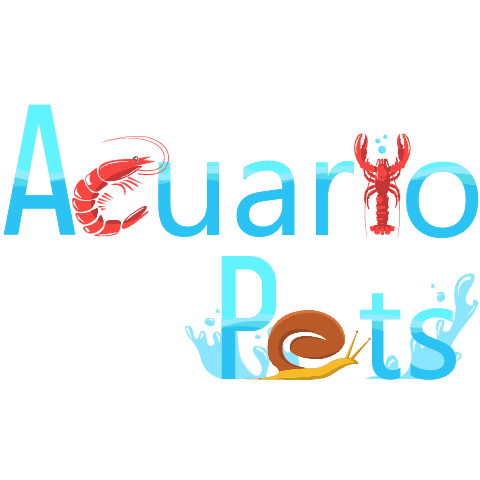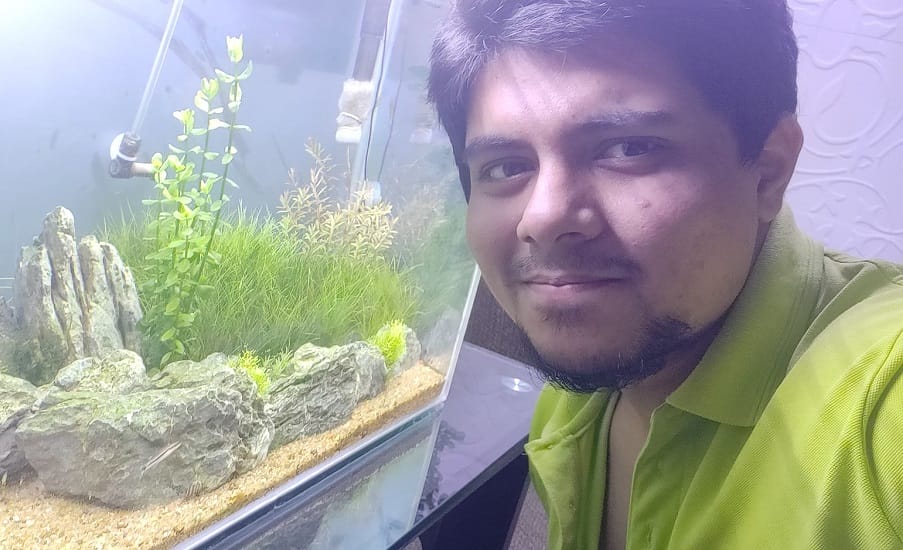This post was created with help from AI tools and carefully reviewed by a human (Muntaseer Rahman) . For more on how we use AI on this site, check out our Editorial Policy.
Check Out These FREE Tools We Made JUST For You!
Do Leopard Geckos Really Need UVB? Here’s the Truth

If you’ve searched for lighting advice, you’ve probably seen both answers: “Leopard geckos don’t need UVB” and “UVB is essential for their health.” So, what’s actually true?
Here’s the simple answer: they can survive without UVB, but they’ll likely be healthier with it. UVB helps them make vitamin D3, absorb calcium, and avoid bone diseases. If you already give D3 supplements, they’ll be okay—but UVB gives you an extra safety net.
Let’s break down how much they need, when to use it, and how to set it up the right way.
Do Leopard Geckos Really Need UVB?
Not exactly. Leopard geckos can survive without UVB if they’re getting enough vitamin D3 from supplements.
But survive doesn’t always mean thrive.
A low-level UVB light gives them a more natural day-night rhythm. It also helps them make their own vitamin D3, which makes calcium absorption more reliable. That means stronger bones, fewer health issues, and a better shot at long-term health.
So no—it’s not required. But yes—it’s worth using.
What Does UVB Actually Do for Geckos?
UVB light helps their bodies make vitamin D3. That vitamin is what lets them absorb calcium from food.
Without D3, the calcium just passes through without doing its job. Over time, that leads to weak bones and metabolic bone disease.
UVB also helps regulate your gecko’s body clock. Even though they’re nocturnal, they still benefit from a normal day-night cycle.

How Much UVB Is Safe and Useful?
For leopard geckos, a 5–6% UVB bulb is plenty. That’s usually labeled as T8 or T5 5.0 UVB.
Keep it on for 10–12 hours a day, just like regular daylight. Place the bulb 6–12 inches above the basking spot, depending on the strength. Make sure there’s no glass or plastic between the bulb and your gecko—it blocks the UVB rays.
If you’re using supplements with D3, you don’t need intense UVB. Just a light boost helps support overall health.
Can You Give Too Much UVB?
Yes, and it can be dangerous.
Too much UVB can damage your gecko’s skin, eyes, and immune system. Think of it like sunburn, but for a creature that never evolved to bask under strong sunlight.
Avoid using 10% or 12% UVB bulbs unless they’re mounted far away and partially shaded. Don’t use mercury vapor bulbs—those are way too strong for geckos.
Stick to low-level UVB and give them a place to hide. That way they can choose how much light they want.

What About UVA—Is That Needed Too?
Yes, but not in the way you might think.
UVA light helps with natural behaviors like hunting, eating, and mating. Most regular daylight bulbs already give off enough UVA, so you don’t need to overthink it.
If you’re using a full-spectrum bulb during the day, your gecko’s getting all the UVA it needs. No extra gear required.
Lighting at Night: What to Avoid
Your gecko doesn’t need any lights on at night. They’re nocturnal. Darkness is normal for them.
Avoid blue, red, and black lights. Even if they look dim to you, geckos can still see them—and it messes with their sleep.
If you need heat at night, use a ceramic heat emitter. It gives off warmth without light. Quiet, dark, and warm—that’s what a gecko needs to sleep well.

Recommended Types of Bulbs
Here’s what works best for leopard geckos:
Low UVB Bulb (5–6%)
Gives them a small, steady dose of UVB. Helps with vitamin D3 without risking burns. Mount it above the warm side of the tank.
Daylight Bulb (Non-UV)
Adds brightness during the day and supports a natural rhythm. Some give off UVA too, which helps with behavior.
Ceramic Heat Emitter
Great for nighttime heat. It gives off warmth with zero light, so your gecko can rest properly.
Full-Spectrum Bulb (Optional)
Covers UVA and UVB in one bulb. Handy if you want to keep things simple. Just make sure the UVB output is low.
Avoid anything labeled high-intensity or for desert reptiles. Leopard geckos don’t bask under direct sun, so too much light does more harm than good.
How to Set Up Lighting in the Tank
Place the lights above the tank, not inside. This keeps things safe and spreads light evenly. Always aim the UVB over the warm side, not the whole tank.
Keep a gap of 6–12 inches between the UVB bulb and your gecko’s basking spot. If the bulb is too close, it’ll burn. Too far, and it won’t work.
Leave the lights on for 10–12 hours a day, then turn them off at night. You can use a timer to keep it consistent.
Use a thermostat with any heat source. It’ll turn off the heat when the tank gets too warm and turn it back on when it cools down.
Give your gecko a choice. Set up hides in both warm and cool spots. That way, it can move in and out of the light as it wants.
About Author
Hello, I’m Muntaseer Rahman, the owner of AcuarioPets.com. I’m passionate about aquarium pets like shrimps, snails, crabs, and crayfish. I’ve created this website to share my expertise and help you provide better care for these amazing pets.
Disclaimer
This site is owned and operated by Muntaseer Rahman. AcuarioPets.com is a participant in the Amazon Services LLC Associates Program, an affiliate advertising program designed to provide a means for sites to earn advertising fees by advertising and linking to Amazon.com. This site also participates in other affiliate programs and is compensated for referring traffic and business to these companies.

